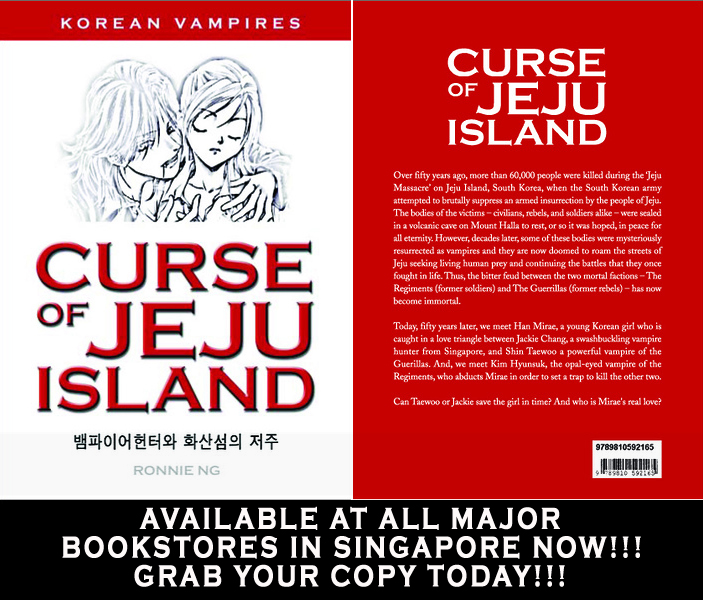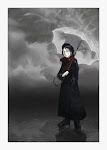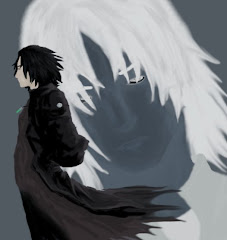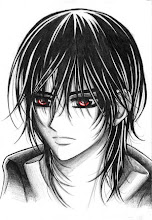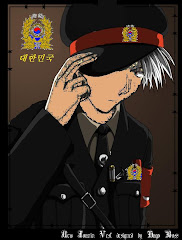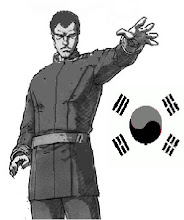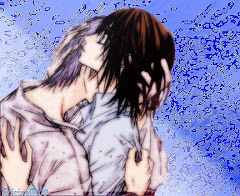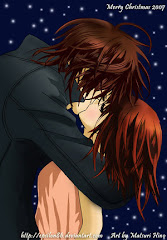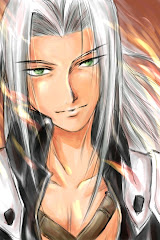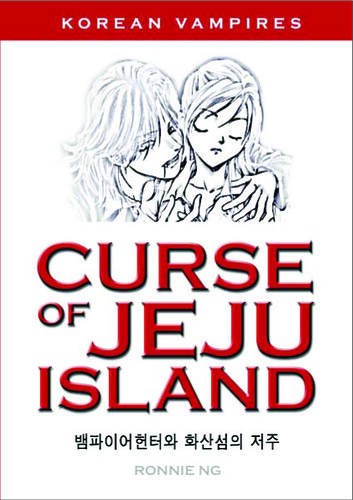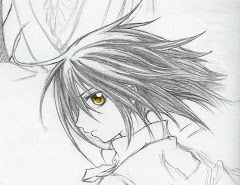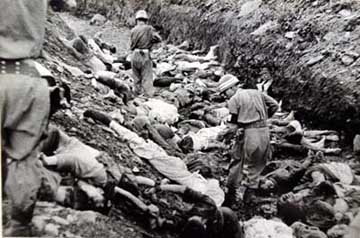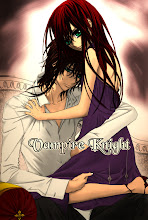Korea was under the colonial rule of the Japanese Empire between 1910 and 1945.
During the Japanese occupation, thousands of Koreans were used as test subjects (guinea pigs) in secret military medical experimentation units, such as Unit 731, Unit 516, and many more. Towards the end of the colonial period, the Japanese military scientists were working on a new project, which was a "vampirisation process" on humans through genetic alteration.
If the project proved successful, the "supposedly-dead" could remain alive through parasitic life sustenance - a biological mechanism that mimics the blood-sucking vampire bats and leeches. The Japanese Army paid some poor hapless Korean parents to allow the medical officers to perform the experiments on their children. However, the Korean parents involved in the transaction believed that the experiments were merely another series of medical trials, and were not aware that it was actually a vampirisation process.
Theoretically-speaking, the success of this project would allow the Japanese Imperial Army to utilise the "undead" as "immortal soldiers" to fight through the end of World War II. The project, however, didn't seem to yield any immediate nor apparent result, as the Korean children in question didn't seem to show any physical sign of becoming "vampirised". The medical officers could not find any sort of cell mutation nor behavioural change in these children.
The project was finally abandoned, when the Japanese Army were forced to surrender to the Allied Forces in 1945 after the American dropped the atomic bomb on Hiroshima. All documents and project facilities pertaining to the said experiments were destroyed, so as to eliminate evidences of the Japanese Imperial Army's atrocious deeds.
The children grew up normally - some of them joined the US-led South Korean Army (known as the Regiments), while some of them embraced communist ideals and became the insurgents (known as the Guerrilas). The two remained at war until the "Jeju Massacre" , which claimed the lives of more than 60,000 people. Their bodies were then sealed in the volcanic cave of Mount Halla. Amongst these 60,000 people were some of the test subjects who were earlier involved in the vampirisation process. The vampirisation process only became effective when these dead bodies were laid in the cave.
The geological conditions (temperature, mineral make-up, etc) of the volcano cave helped to promote the vampirisation process, and their genetic structure mutated to resemble the feeding patterns of bloodsucking creatures such as bats and leeches. Thus these group of the dead were resurrected to become vampires, as they acquired the ability to shapeshift into bats, and back into their human form. They are now doomed to roam the streets of Jeju seeking living human prey.
During the Japanese occupation, thousands of Koreans were used as test subjects (guinea pigs) in secret military medical experimentation units, such as Unit 731, Unit 516, and many more. Towards the end of the colonial period, the Japanese military scientists were working on a new project, which was a "vampirisation process" on humans through genetic alteration.
If the project proved successful, the "supposedly-dead" could remain alive through parasitic life sustenance - a biological mechanism that mimics the blood-sucking vampire bats and leeches. The Japanese Army paid some poor hapless Korean parents to allow the medical officers to perform the experiments on their children. However, the Korean parents involved in the transaction believed that the experiments were merely another series of medical trials, and were not aware that it was actually a vampirisation process.
Theoretically-speaking, the success of this project would allow the Japanese Imperial Army to utilise the "undead" as "immortal soldiers" to fight through the end of World War II. The project, however, didn't seem to yield any immediate nor apparent result, as the Korean children in question didn't seem to show any physical sign of becoming "vampirised". The medical officers could not find any sort of cell mutation nor behavioural change in these children.
The project was finally abandoned, when the Japanese Army were forced to surrender to the Allied Forces in 1945 after the American dropped the atomic bomb on Hiroshima. All documents and project facilities pertaining to the said experiments were destroyed, so as to eliminate evidences of the Japanese Imperial Army's atrocious deeds.
The children grew up normally - some of them joined the US-led South Korean Army (known as the Regiments), while some of them embraced communist ideals and became the insurgents (known as the Guerrilas). The two remained at war until the "Jeju Massacre" , which claimed the lives of more than 60,000 people. Their bodies were then sealed in the volcanic cave of Mount Halla. Amongst these 60,000 people were some of the test subjects who were earlier involved in the vampirisation process. The vampirisation process only became effective when these dead bodies were laid in the cave.
The geological conditions (temperature, mineral make-up, etc) of the volcano cave helped to promote the vampirisation process, and their genetic structure mutated to resemble the feeding patterns of bloodsucking creatures such as bats and leeches. Thus these group of the dead were resurrected to become vampires, as they acquired the ability to shapeshift into bats, and back into their human form. They are now doomed to roam the streets of Jeju seeking living human prey.
Could Seiji Inada, being a Japanese vampire hunter, somehow be linked to the vampirisation project conducted by the Japanese Army several decades ago?Hhhmm... It very well could, especially if his father, Kazuhito Inada was one of the soldiers involved during World War II...
Find out more in the sequel to the Curse of Jeju Island:
BLOOD ENEMIES OF
JEJU ISLAND
(In Progress of Writing)
